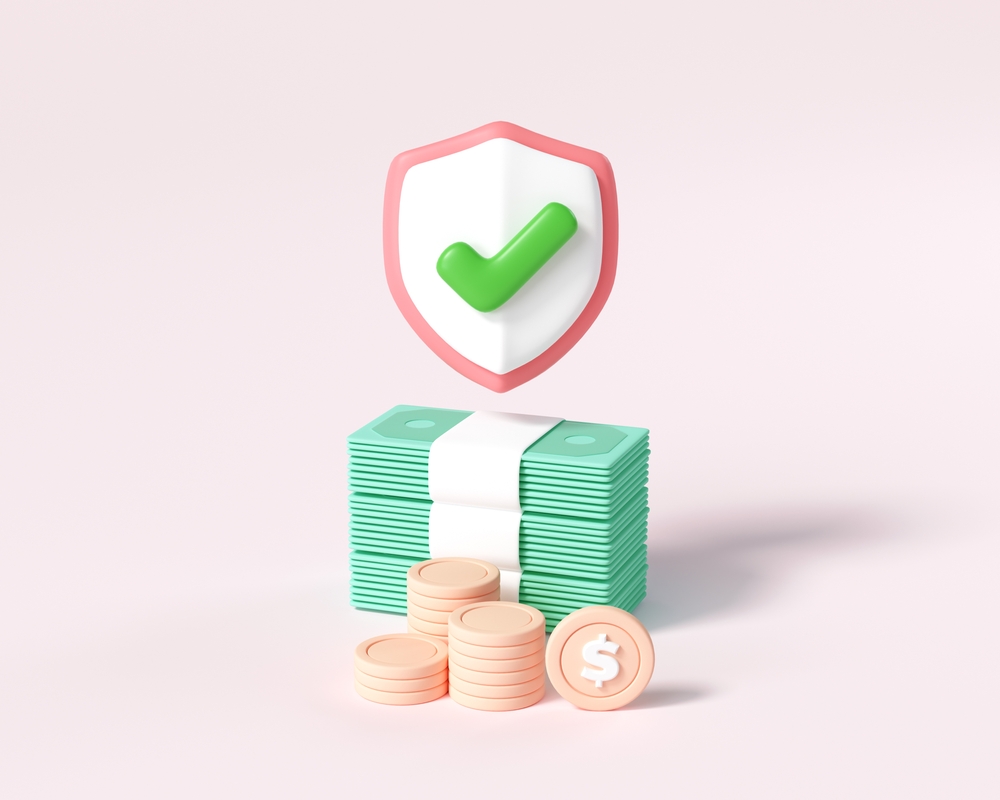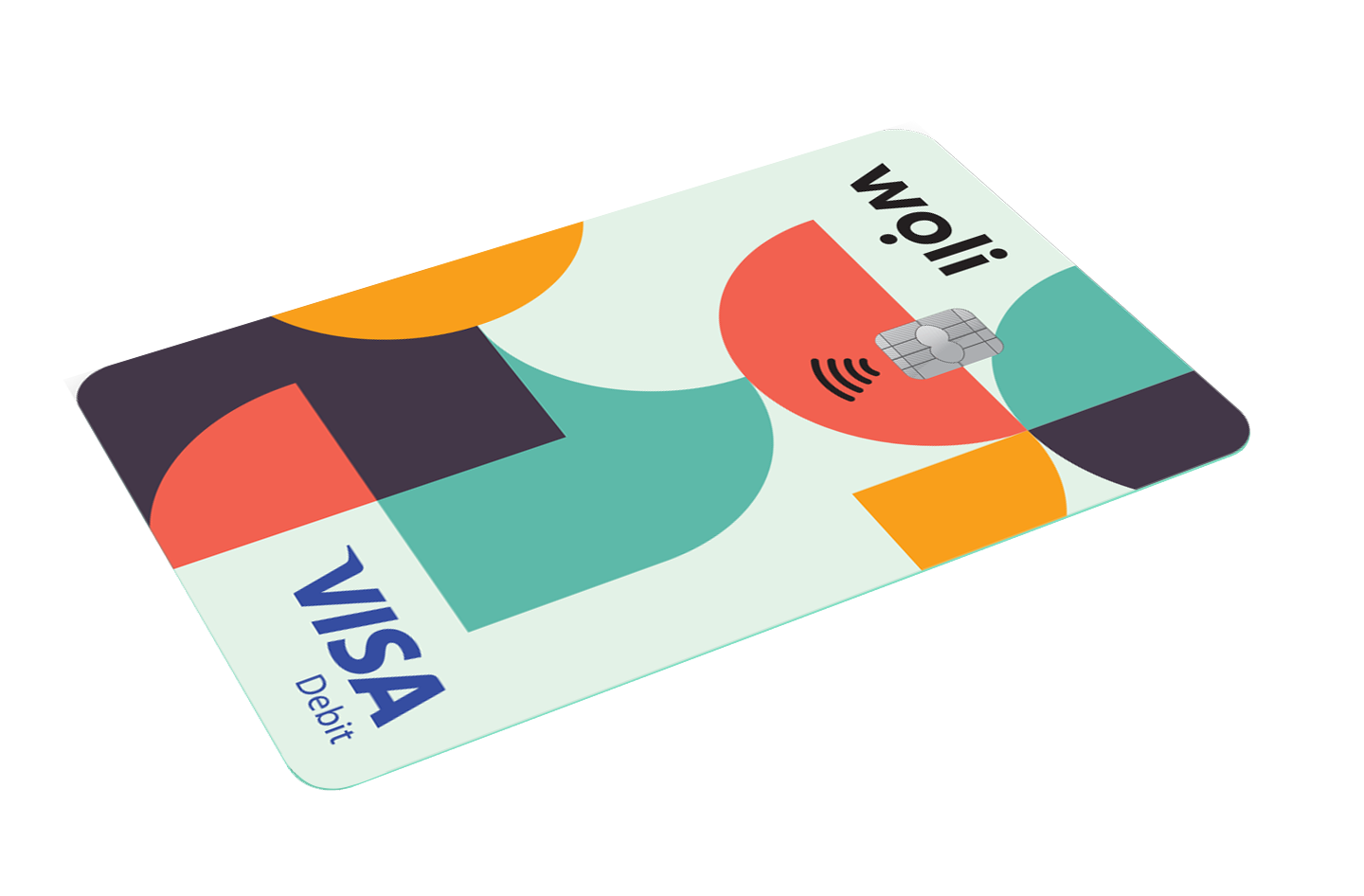Coins and banknotes – do you think you know everything about them? We chose this activity because while countless coins and banknotes pass through our hands every day, we often do not know basic information about them. Let’s go discover them together!
So starting from the past, as societies evolved and trade increased, the need arose for the appearance of money with a certain value in order to make more accurate exchanges. Thus, the first coins began to be made from metals. The first use of a coin is found in Babylon around 2000 BC. Later, in the 8th century BC in the time of Lydia’s king Alyattes, coins appeared that were made of amber, a natural mixture of gold and silver. They were in a raw shape like beans and presented the royal symbol, a lion. Soon, such coins began to appear in other parts of the world.
Reaching the 7th century AD, we also have the first banknotes that appeared in China during the Song dynasty. They were known by the name of Jiaozi and were easier to use than heavy gold coins. In fact, it is believed that they were originally made from the bark of mulberry trees (so, in a sense, they grew in the trees :)). In the 17th century they came to Europe, and by the beginning of the 19th century, the banknote had spread to many parts of the world.
Today, for our commercial transactions, we use modern coins and banknotes, issued by banks and having a “fiat” money character, a concept that we will analyze in the next activity. Countries such as Spain, Italy or Greece that belong to the Eurozone, use our well-known euro coins and banknotes. Euro coins are produced in denominations of 1, 2, 5, 10, 20 and 50 cents and 1 and 2 euros. Intermittent edges make it easier for the visually impaired to recognize the different currency prices.
On the other hand, euro banknotes are divided into those of 5, 10, 20, 50, 100, 200 and 500 euros and depict the architectural styles from seven periods of Europe’s cultural history. Each banknote has a different size and color, e.g. red for €10 notes and blue for €20. The numbers are large and intense, while for security in each one there is a watermark, a security thread and a transparent number. Finally, a small secret is that if you move the banknotes in the light you will notice that a window appears with a mysterious portrait inside.






